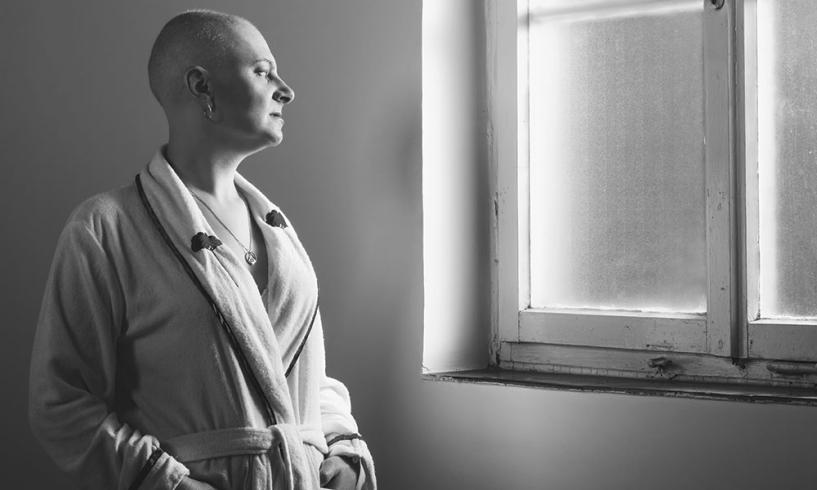Erin is a 34-year-old woman who is newly diagnosed with stage IIIA, ER+, PR+, HER2–, BRCA– breast cancer.
She has a 5 cm tumor and one positive lymph node. She is a single mom, with one five-year-old child. She found a lump during a breast self-exam; her primary care physician initially discounted the idea of breast cancer in a young woman, but eventually agreed that Erin should have a diagnostic mammogram and ultrasound, and the cancer was found. Because of the initial delay, she has been dealing with testing and being diagnosed with cancer for the past two months. She is finally at the cancer center for her first visit with an oncologist. She has already seen the breast surgeon.
When April, the nurse, meets with Erin after her oncologist appointment, Erin is in tears. She says that she just wants to have a mastectomy, probably a double mastectomy, and “just have it all over with and start chemotherapy.” She says she is tired of all the waiting and wondering what will happen next.
What Would You Do?
Understanding the National Comprehensive Cancer Network guidelines, April realizes that Erin has some options in her situation.
Erin says that the oncologist told her about the option of neoadjuvant chemotherapy, but “I don’t really see the point. I just want to have the surgery right away so the cancer will be out!”
April sits with Erin, asking her what the oncologist and the surgeon have told her about her situation. Erin says that the oncologist didn’t mention having surgery right away, only chemotherapy, and the surgeon didn’t mention anything about having chemotherapy initially, only surgery.
In simple language, April explains Erin’s options. She asks how Erin feels about mastectomy, if she has ever seen anyone with a mastectomy, and if she knows anything about reconstruction. Erin reveals that her aunt had a mastectomy and says she had a really hard time finding clothes to fit after that.
April talks to Erin about how she would feel about having chemotherapy first, in the hopes of having breast-conserving surgery later. Erin is excited about the possibility of keeping her breast, and April assures her that while she is having chemotherapy, a team will assess the status of her cancer at all times. April tells her that she will have the oncologist call the surgeon, and they can work out a treatment plan.
According to Spittler, Pallikathayil, and Bott, “Nurses caring for patients with a diagnosis of breast cancer, particularly oncology nurses, must educate themselves about the informational needs, fear of dying, fear of cancer recurrence, and need for hope among women diagnosed with breast cancer. Nurses need to provide women with the necessary time and resources to assist them in making informed and satisfied decisions.”






